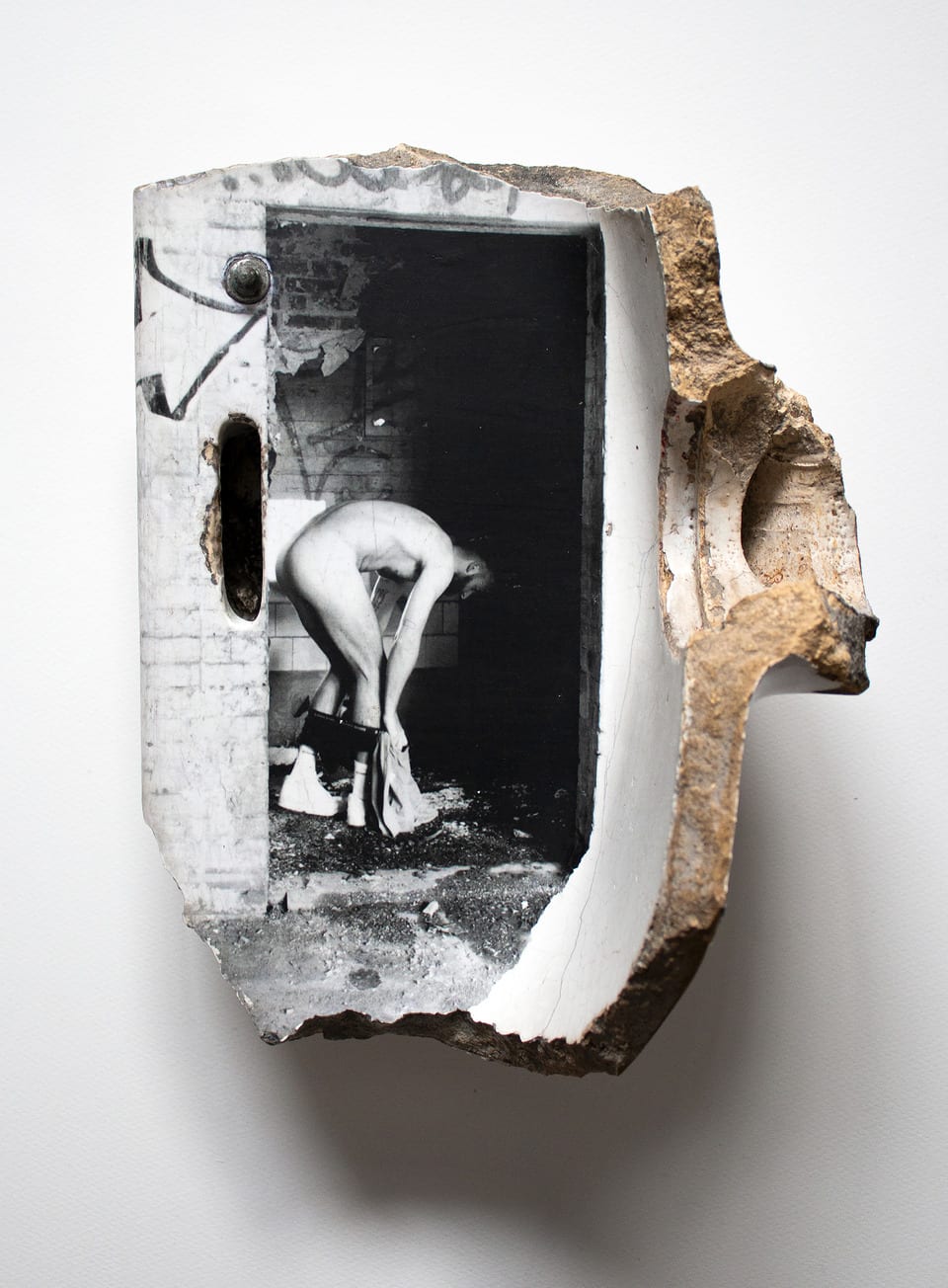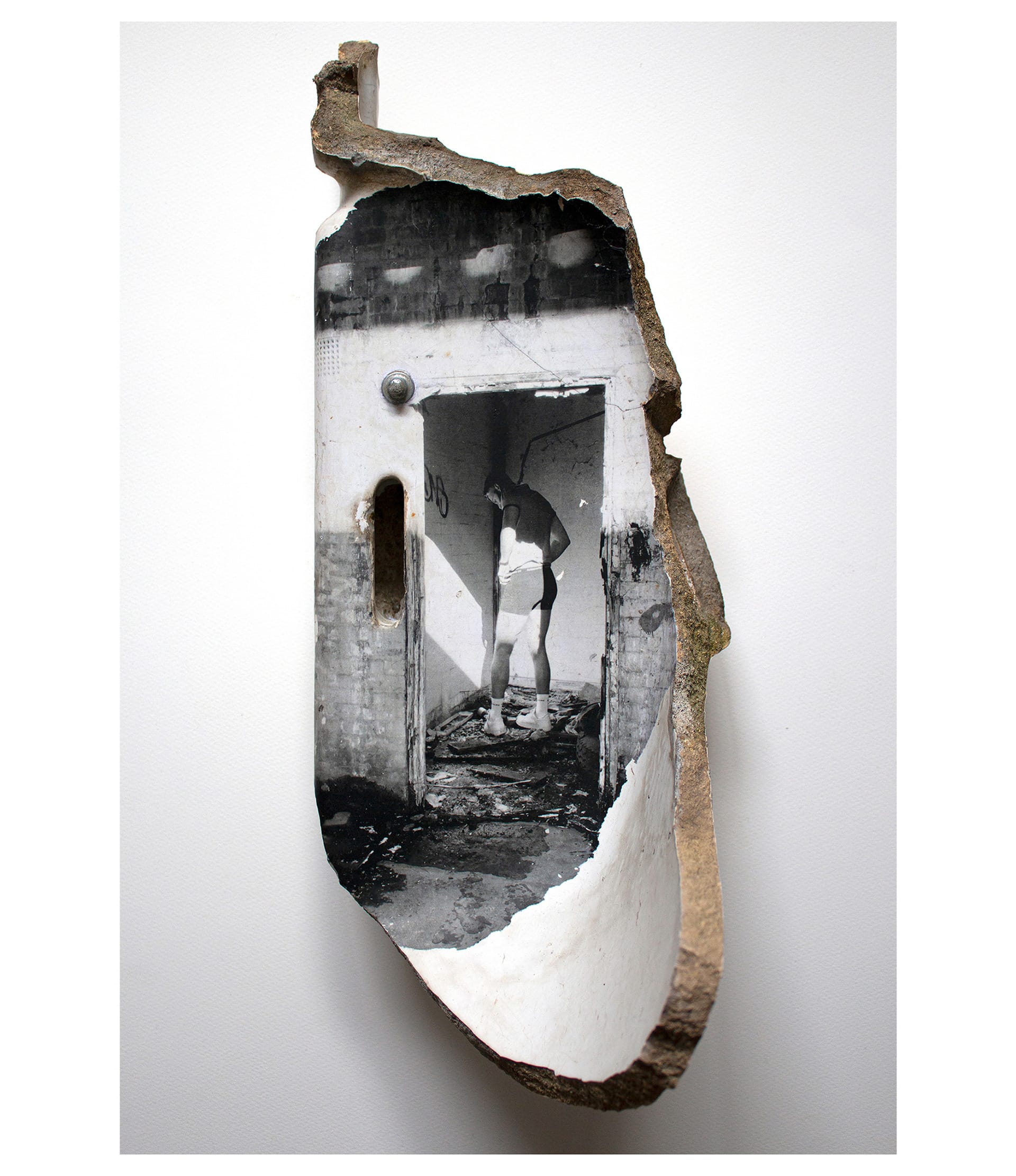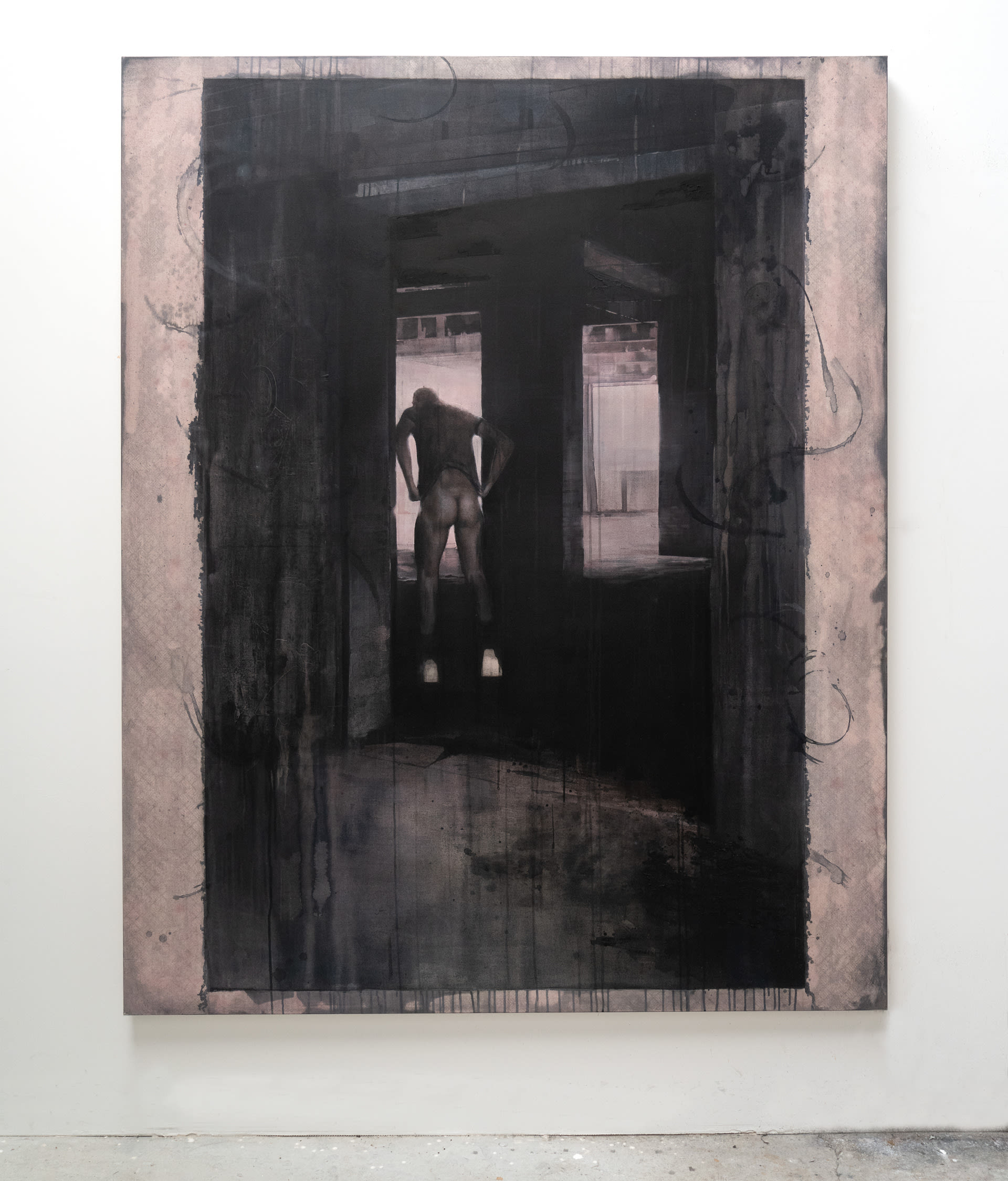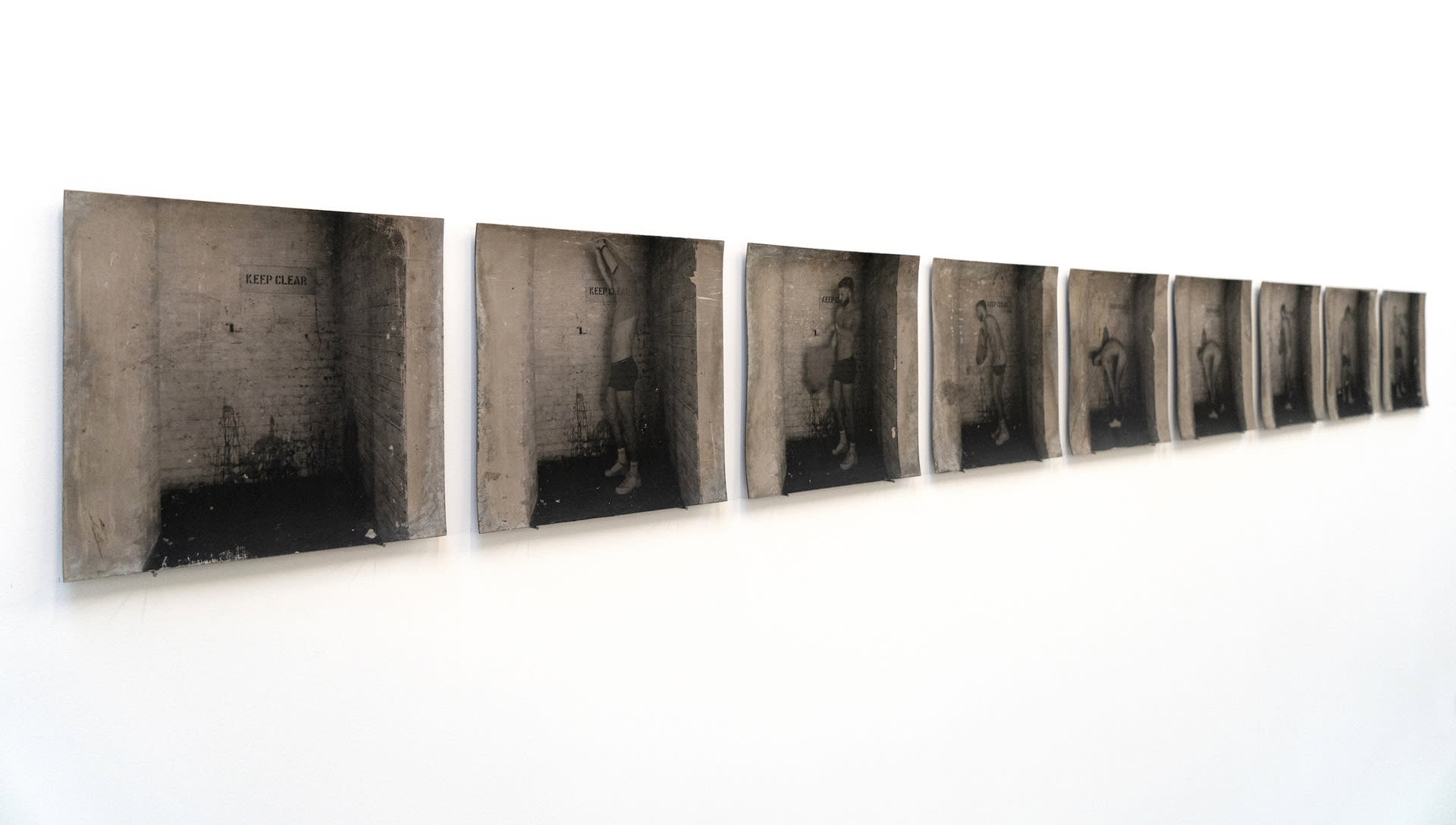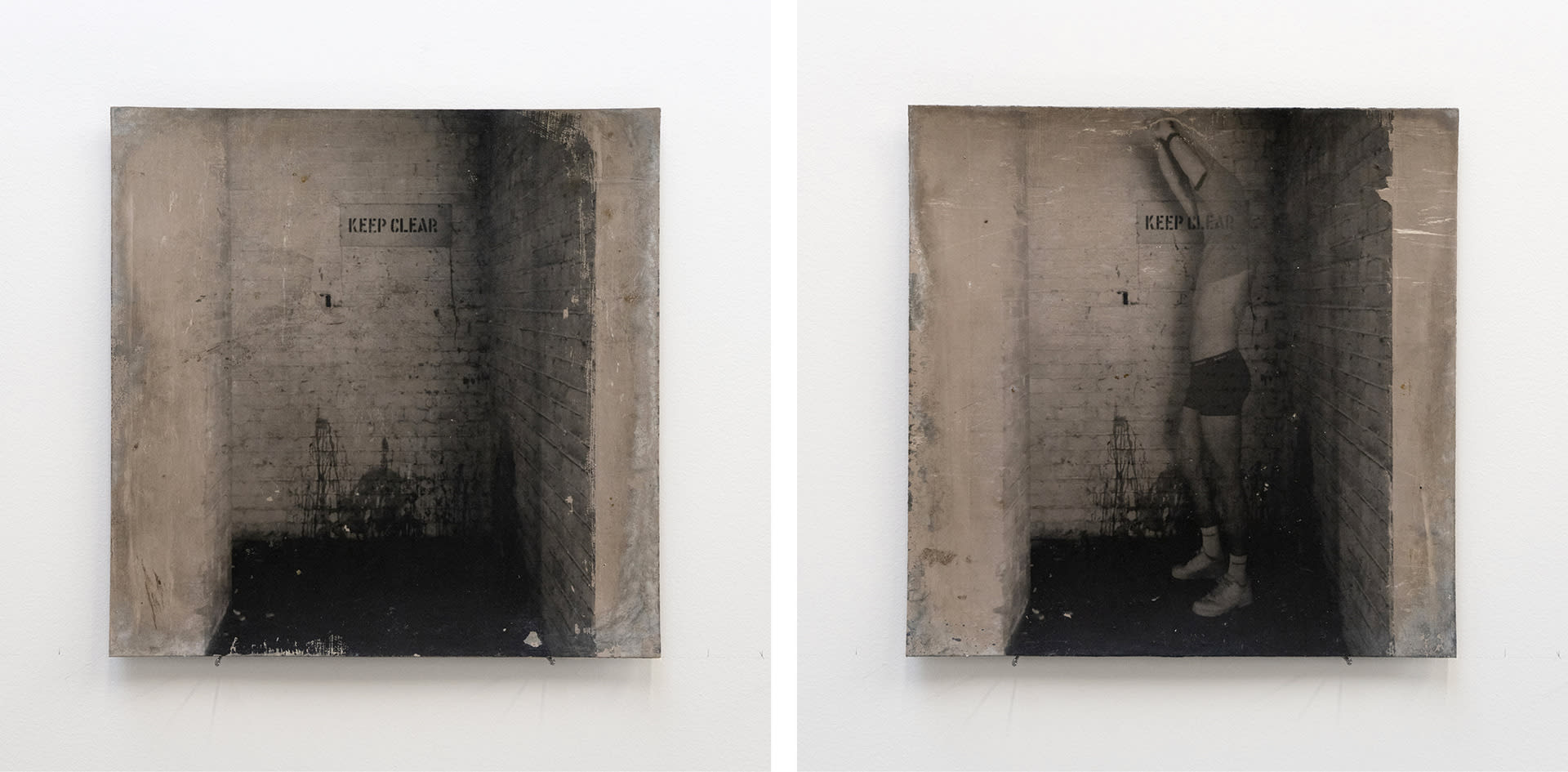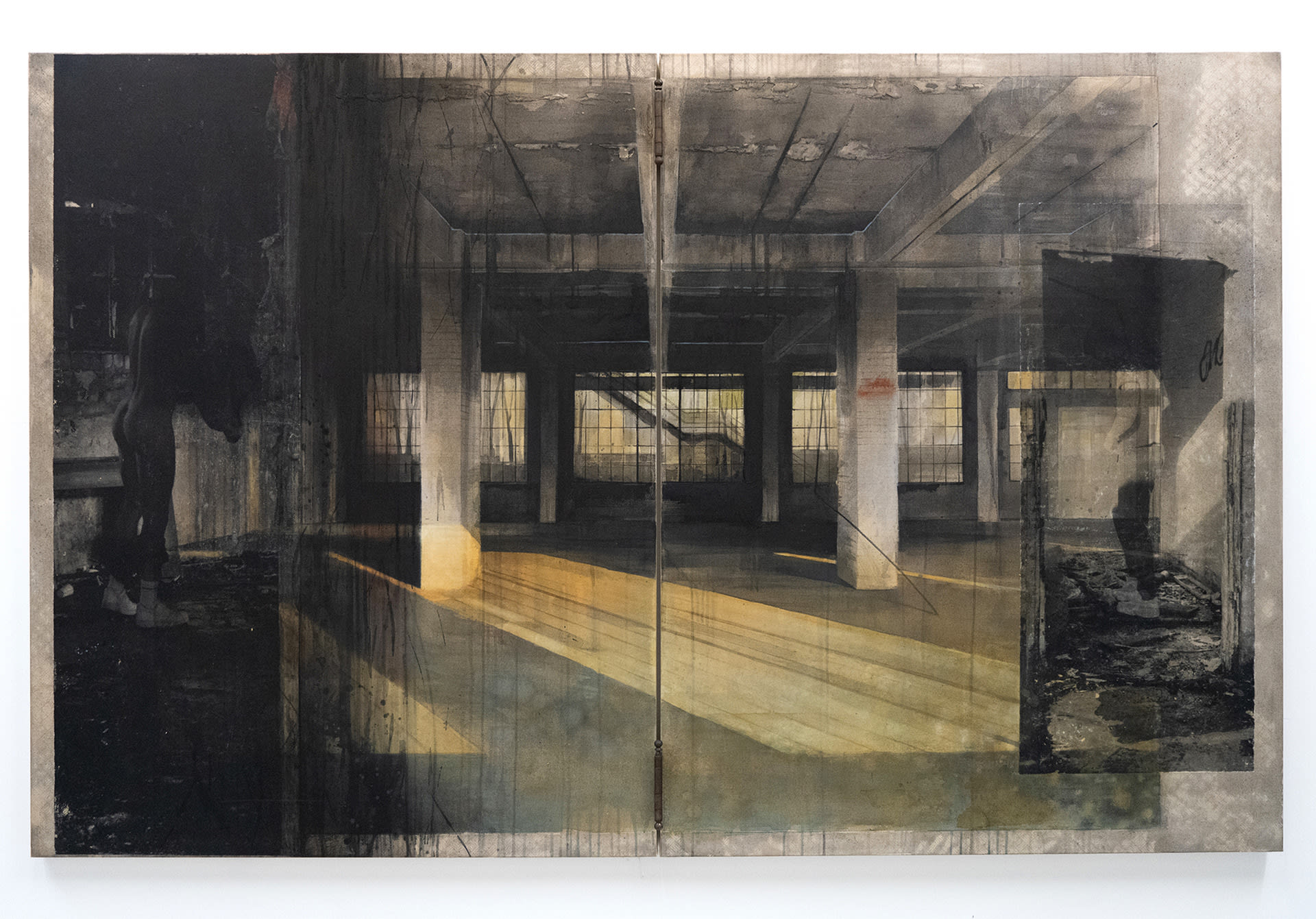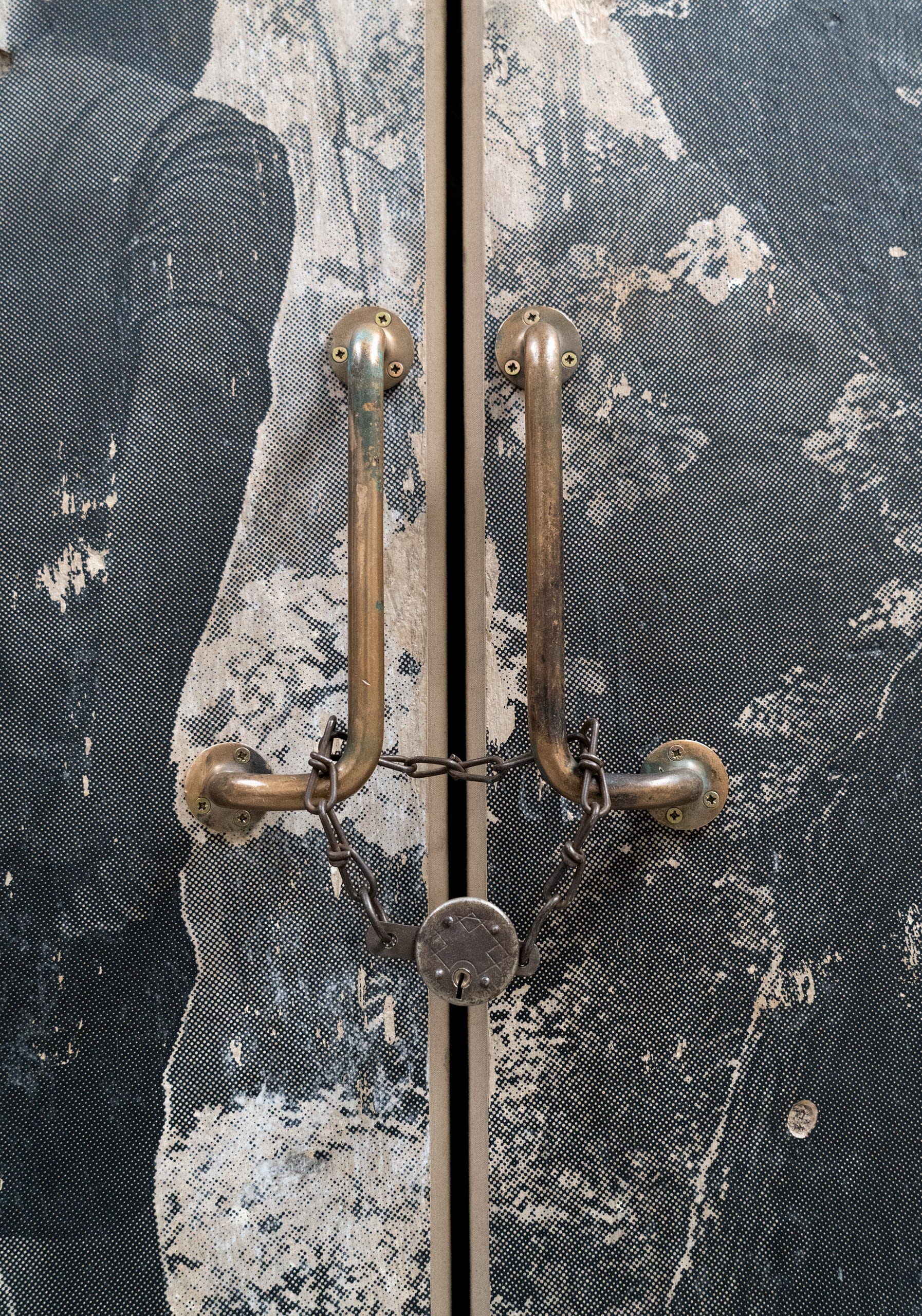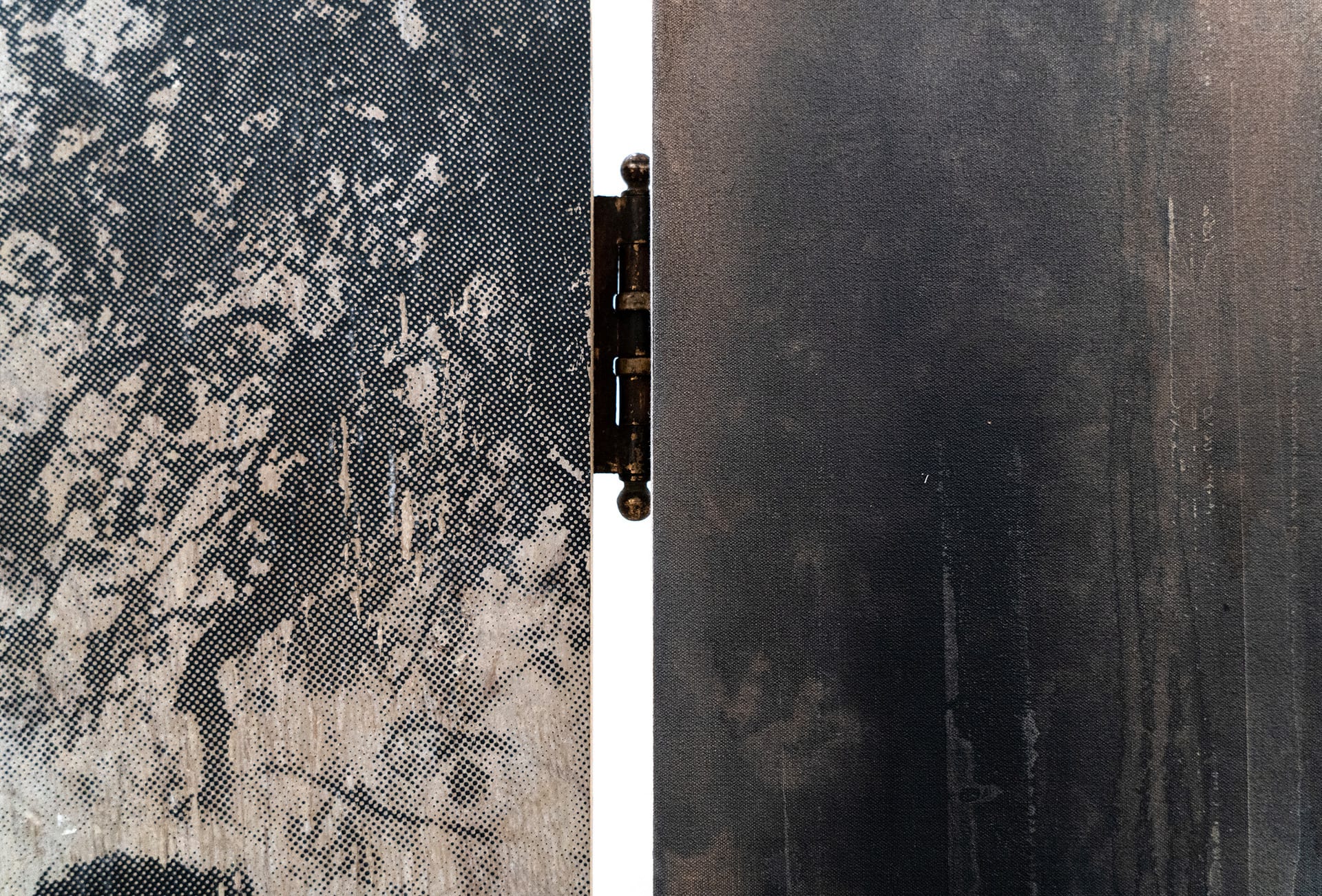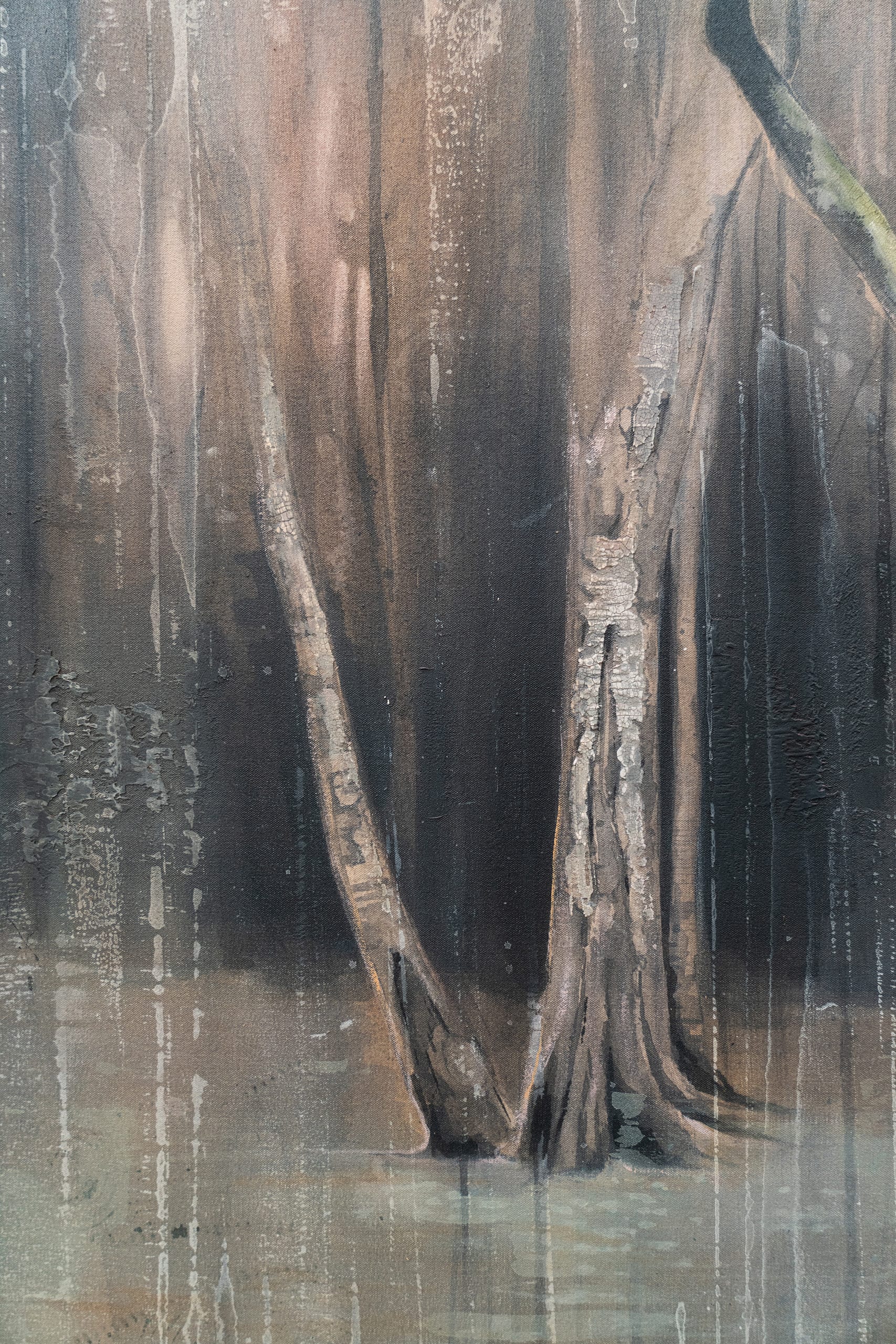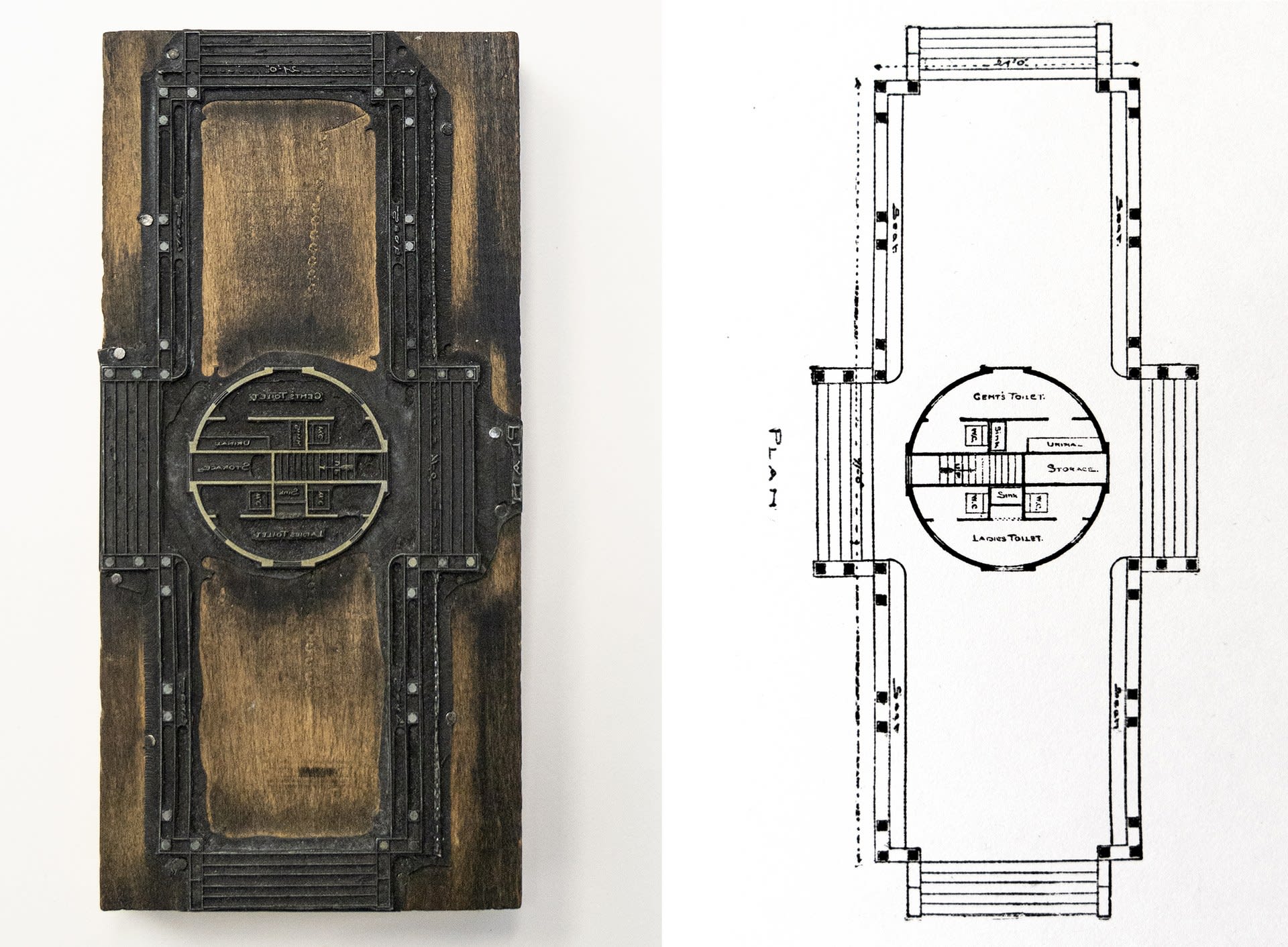Graham Martin (b.1983, Ayr, Scotland) lives and works in London. He studied at Edinburgh College of Art (2001-2003), Edinburgh University (2003-2007) and Université Paris II - Panthéon-Assas (2009-2010).
He is a 2020 recipient of the Elizabeth Greenshields Foundation Grant and his work has been part of group shows including the John Moores Painting Prize (Walker Museum, Liverpool), John Ruskin Prize (New Art Gallery, Walsall and Trinity Buoy Wharf, London), RBA Rising Stars (Royal Over-Seas League, London), The Columbia Threadneedle Prize (Mall Galleries, London and Palazzo Strozzi, Florence), and The RSA Open (Royal Scottish Academy, Edinburgh).
In 2018, he joined the board of trustees of Kingsgate Workshops and Project Space, and this year he launched Trafalgar Avenue with his partner Carlos Silveria - a new artist-led gallery and project space in South East London.

